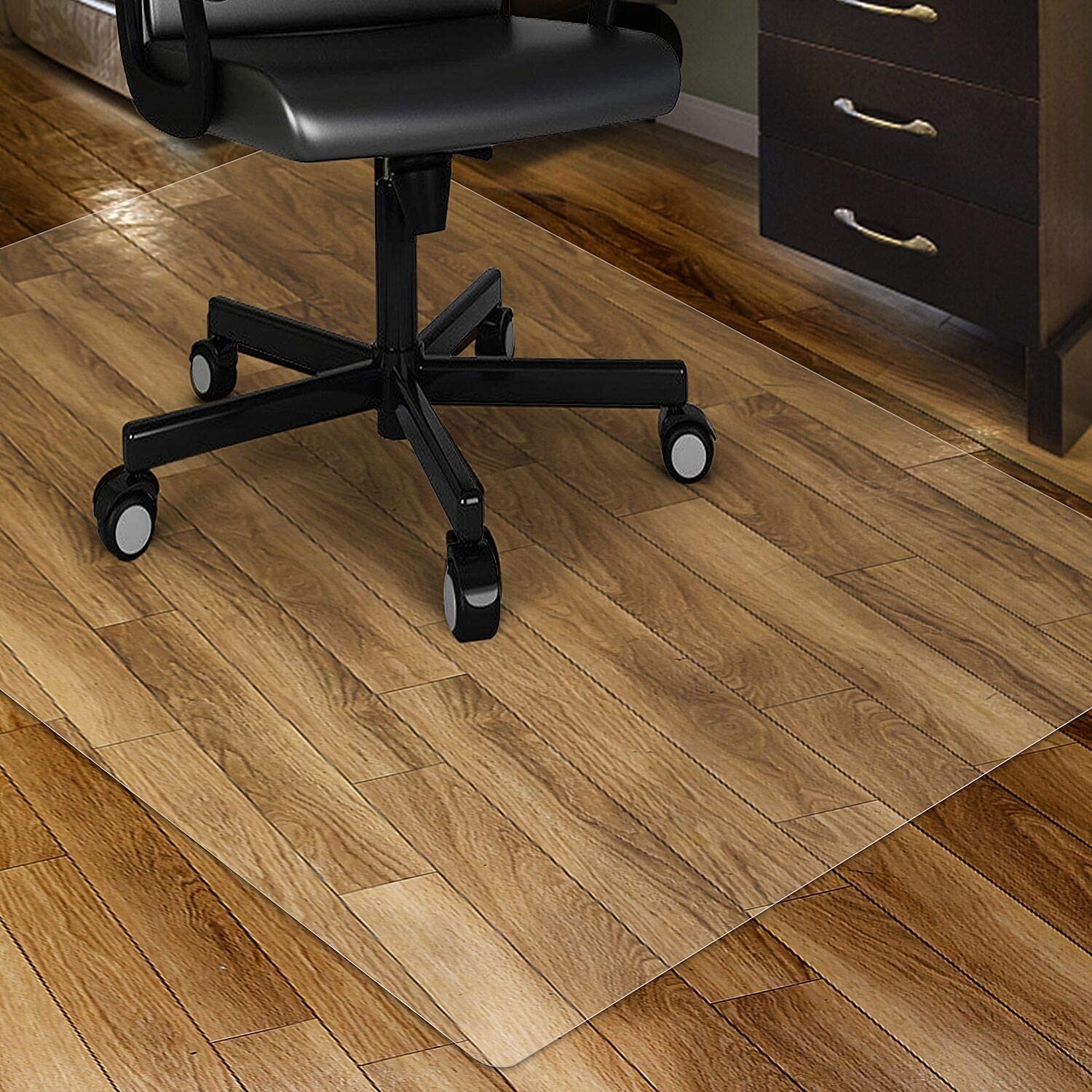Plastic chair mats have become an essential accessory in modern offices, providing a protective layer for flooring and enabling smooth movement of chairs. However, their widespread use has raised concerns about their impact on the environment. As plastic waste continues to accumulate at an alarming rate, it is crucial to explore sustainable options for recycling plastic chair mats.

Plastic chair mat recycling is a process that involves collecting, sorting, and reprocessing used chair mats to create new products or materials. By incorporating recycling into our daily practices, we can significantly reduce the consumption of raw materials, energy usage, and greenhouse gas emissions.

One of the primary challenges in plastic chair mat recycling is the variety of materials used in their production. Chair mats are typically made from various types of plastic, including polyvinyl chloride (PVC) and polyethylene (PE). These different materials require separate recycling processes to ensure their effective reuse.

The first step in plastic chair mat recycling is collection. Offices and individuals can participate in recycling initiatives by separating their used chair mats from other plastic waste and disposing of them in designated recycling bins. Once collected, the mats are transported to recycling facilities for further processing.
In recycling facilities, the collected chair mats undergo sorting. This step involves separating mats made from different plastics to ensure proper recycling. Advanced sorting techniques, such as optical sensors and manual inspection, enable efficient segregation of different materials.
After sorting, the mats are shredded into small pieces and cleaned to remove any contaminants. These plastic flakes then undergo a recycling process specific to their material type. PVC chair mats, for example, can be processed through a mechanical recycling method. The shredded PVC flakes are melted and extruded into new sheets, ready to be used for manufacturing various products.
On the other hand, PE chair mats can undergo a different recycling process known as chemical recycling. This method involves breaking down the plastic into its original chemical building blocks, which can then be used to produce new plastic materials.
Recycling plastic chair mats not only helps conserve resources but also reduces landfill waste. Plastic waste takes hundreds of years to decompose naturally, polluting the environment and endangering wildlife throughout its lifetime. By choosing to recycle chair mats, we can prevent them from ending up in landfills and instead contribute to a circular economy where waste is minimized.
Furthermore, plastic chair mat recycling promotes a circular approach to production. Instead of solely relying on the extraction of new raw materials, recycling allows us to use already available plastic resources for creating new products. This reduces the demand for virgin materials and the associated environmental impacts of their extraction.
In conclusion, plastic chair mat recycling provides a sustainable solution for addressing the environmental challenges posed by our increasing plastic waste. By participating in recycling initiatives and supporting the development of efficient recycling infrastructure, we can contribute to a greener future. Together, let's create a world where plastic chair mats are recycled, reducing our ecological footprint and preserving the planet for generations to come.
Fax:+86-(0)21-54409108
E-mail:info@dedaomats.com
Tel/Whatsapp:0086-15000405598
Address:No. 17, Bingang Road, Hairun Street, Taizhou, Zhejiang, China